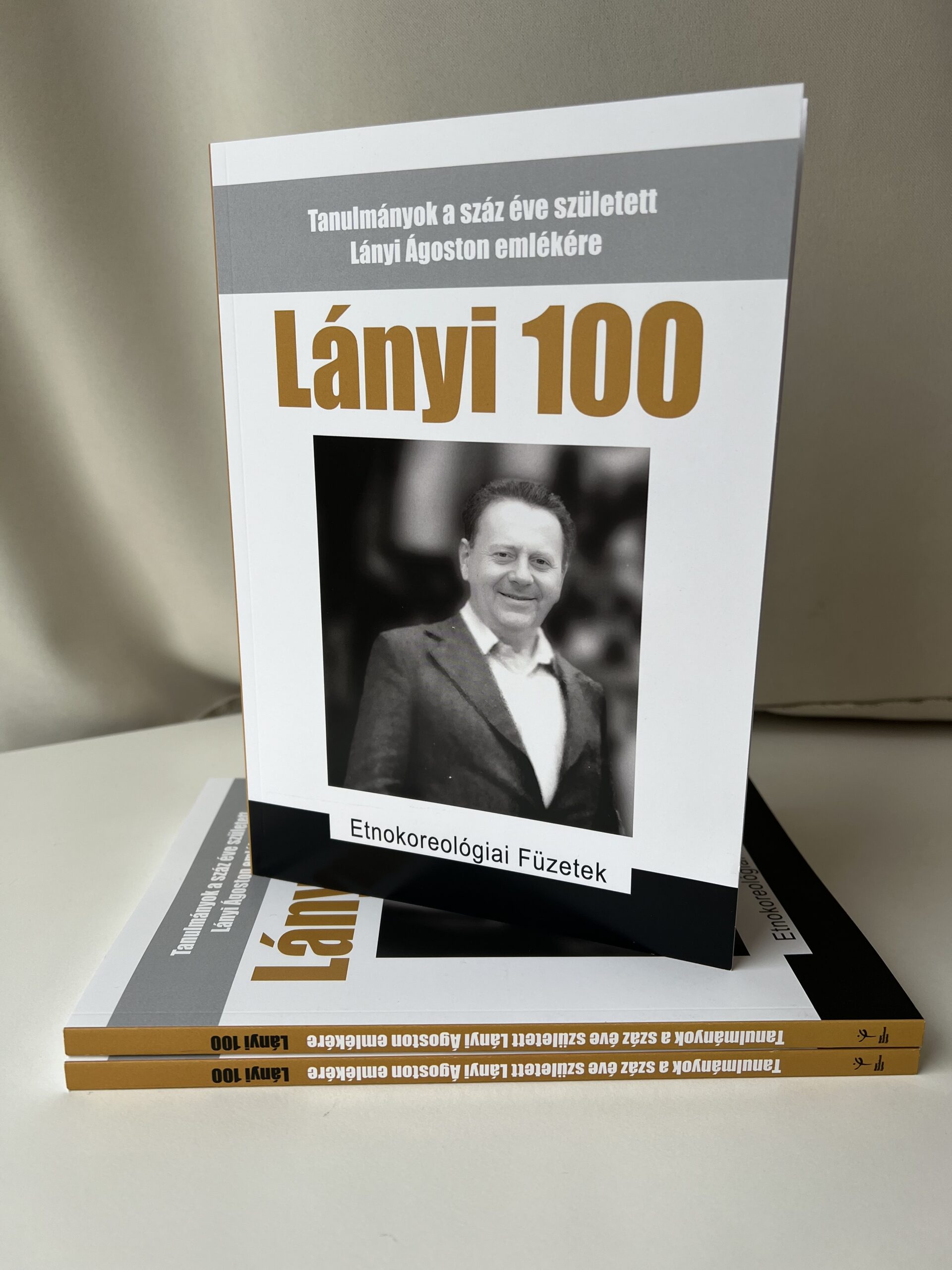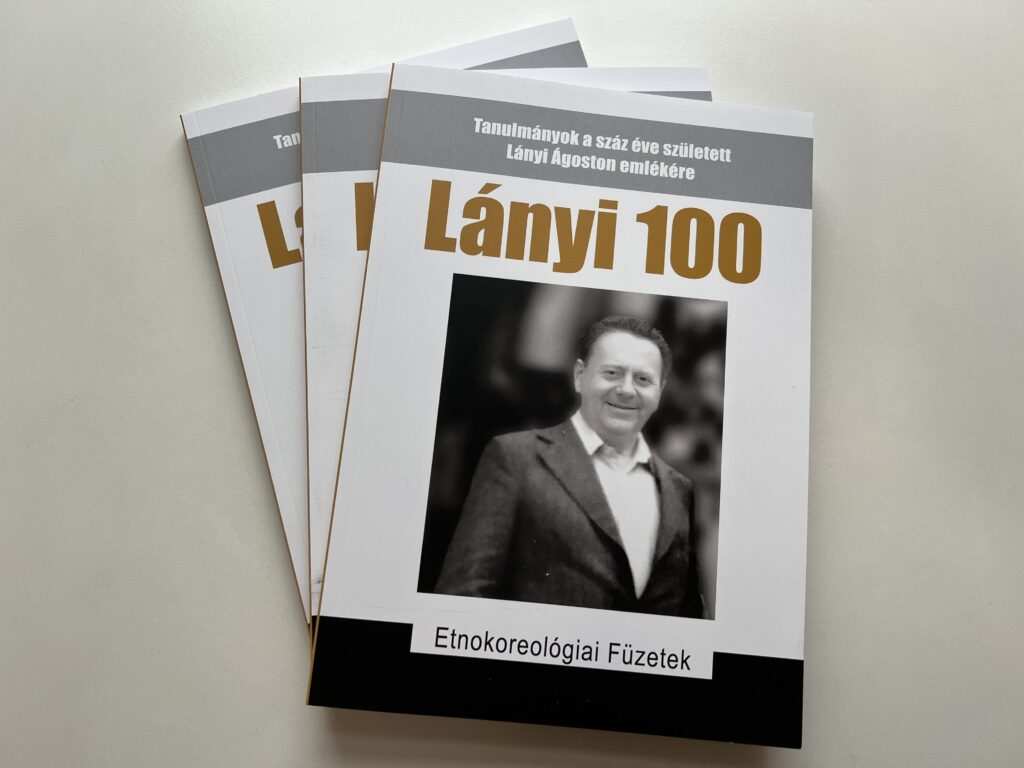
The university has published a new volume titled Lányi 100 – Studies in Memory of Ágoston Lányi, Who Was Born 100 Years Ago. Ágoston Lányi, born in 1923, was the late dance notation scholar at the Hungarian Academy of Sciences’ Institute for Musicology. His name became synonymous with dance notation, which is why this newly released volume dedicated to him is of such importance.
Ágoston Lányi, the former scientific researcher at the Institute for Musicology and dance notator of the former Folk Dance Department, was widely commemorated on the 100th anniversary of his birth. Among other events, the Hungarian Dance Science Society organized a symposium at the Institute for Musicology of the HUN-REN Humanities Research Centre in December 2023, which was opened by János Fügedi.
The volume, which is already available in the webshop of the Hungarian Dance University, features a publisher’s introduction written by János Fügedi, who has been teaching at the Hungarian Dance University and its predecessor since 1987, while also serving as a senior researcher at the Institute for Musicology. His main field of expertise and research includes kinetography, its related pedagogy, dance analysis, and motif research.

“Ágoston Lányi, the late dance notator at the Hungarian Academy of Sciences’ Institute for Musicology, became synonymous with dance notation – a demanding field requiring mathematical logic at times, as well as an exceptionally high level of understanding of movement. After leaving a military career, Lányi began his dance notation work in 1949, primarily recording dances for film. He first worked at the Hungarian Dance Federation, then later at the Ethnographic Division of the Institute of Folk Arts and the Institute of Folk Education. Among the folk dance researchers at the Ethnographic Division, Zoltán Kodály selected Martin György and Ágoston Lányi in 1965, followed by Ernő Pesovár, to join the Music Research Group of the Hungarian Academy of Sciences. After the Music Research Group was incorporated into the Institute for Musicology, the Folk Dance Department was established under the leadership of Martin György, where Ágoston Lányi continued his work in dance notation.” (quotation by Mária Erdőháti-Lányi)
“I first met Ágoston Lányi in the mid-1980s at the Institute for Musicology, during a small, specialized dance notation training course led by him. At that time, I was already teaching dance notation in the C- and B-category assistant training courses at the Institute of Folk Education. However, the practice of notating movement from film, the technique of observing movements, and the understanding required for dance notation were new to me. Therefore, we tried to learn the notation technique from Ágoston Lányi, who showed us how to recognize the correct directions when describing a dance filmed from different angles, when a movement begins, and how to define more complex rhythms.”
“After Ágoston Lányi’s death in October 1986, I continued his work in the position of a dance notator. It was only step by step that I came to recognize the immense work he had done—always remaining in the background of dance research. He created the Dance Notation Archive at the Institute for Musicology of the Hungarian Academy of Sciences, which, with its unique richness in Central Europe, contained over 1,160 entries at the time of his death, as well as the 12,000-entry Motif Archive. He had his own style of notation, which made it immediately recognizable when looking at a manuscript that it was Lányi’s work. Even when he quickly wrote down the signs, his manuscripts still reflected the characteristic dynamic elegance he was known for. In addition to notating original folk dances, Lányi also transcribed approximately forty choreographies from the folk dance movement, most of them by István Molnár. Among the notable choreographers whose works he recorded were Katalin Györgyfalvay, Miklós Rábai, and Sándor Timár. Besides his work as a notator, he also taught at several domestic and international courses. This volume commemorates the beloved master on the centenary of his birth.”
(Quotation by János Fügedi)


